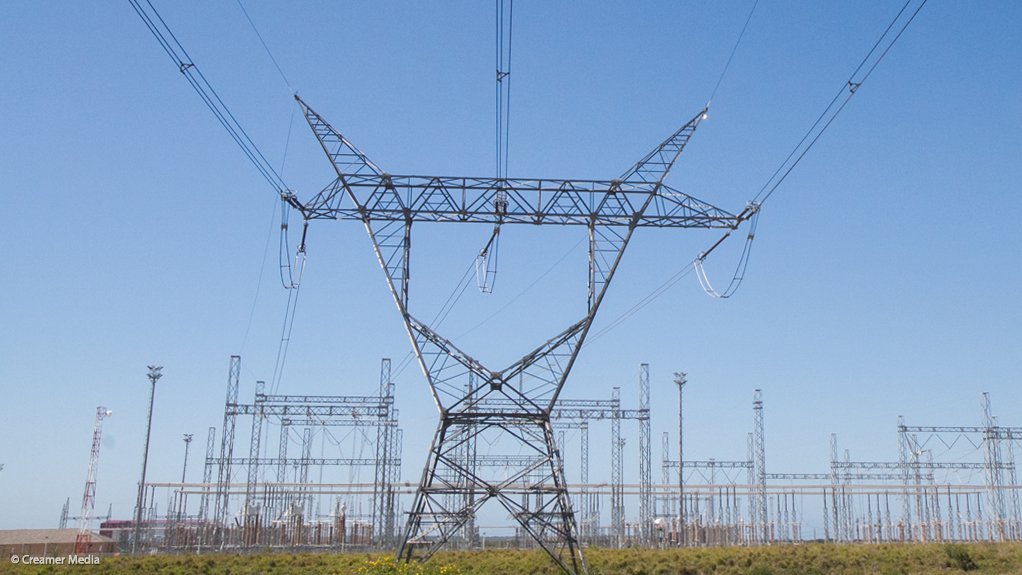State-owned utility Eskom has confirmed that it is prioritising 47 grid-related projects within its larger R210-billion Transmission Development Plan that it believes could collectively add 37 GW of connection capacity over the coming few years.
It is also close to finalising the approach it will be taking to the issue of curtailment as it moves to immediately unlock scarce grid capacity in high-potential renewables regions ahead of its grid investment roll-out.
Speaking to editors on behalf of the transmission division this week, Eskom’s Prince Moyo reported that the National Energy Crisis Committee (Necom) was actively monitoring progress on the priority projects, most of which involved transformer-related investments.
Necom had also established a specific workstream to address grid-related constraints to the integration of new generation capacity.
Eskom would also publish an updated Generation Connection Capacity Assessment (GCCA) ahead of the next renewables bid window to provide investors with visibility of the grid capacity and connection points, as well as to avoid the grid-related problems that arose during Bid Window Six.
During the procurement round not one of the wind projects that bid for a 3 200-MW allocation progressed to financial close, owing to a claim that the grid capacity on which the projects were based had been absorbed by private projects.
The release of the GCCA could be accompanied by Eskom’s new curtailment framework that, if introduced, would allow for additional generation capacity to be built at points on the grid that had previously been shown as fully committed.
Moyo reported that Eskom had studied the approach taken to curtailment in various other jurisdictions – including Europe, where it is standard operation procedure – and was currently finalising its approach.
The framework, including how the costs would be allocated, would also require the approval of the National Energy Regulator of South Africa (Nersa) and an outline by the Independent Power Producer Office, which procures generation on behalf of government, as to how it would be implemented.
Curtailment involves the reduction of the output from renewables plants in response to system-security needs or constraints and is widely employed globally to release immediate grid capacity.
Engineering News understands that a preliminary analysis has indicated that if Eskom accepts curtailment of no more than 10%, the capacity of a grid-constrained province such as the Western Cape to host additional renewables generators could be almost doubled, and that as much as 4 GW of additional capacity could be connected immediately.
Moyo indicated that Eskom was likely to initially limit curtailment to “single-digit percentages”.
Separately, an assessment was under way regarding whether those independent power producers with approved grid connection budget quotes were able to proceed with their projects, or whether the budget quotes should be revoked and reallocated to new projects with superior prospects.
Moyo said the benefits of such an approach would be to ensure that grid capacity was not being “artificially used up by those who applied first but are not utilising their allocation”.
Despite a legal challenge, Eskom was also continuing to implement its Interim Grid Capacity Allocation Rules, which are based on a “first-ready, first-served” principle rather than the “first-come, first-served” approach that prevailed previously.
The rules, which could be refined further, will be submitted to Nersa for approval and codification.
Work was also under way to find a solution to the fact that bidders to the public procurement programmes were unable to secure budget quotes prior to being named as preferred bidders, leaving the grid connections on which their projects were premised vulnerable to developers of private projects.
This solution is also expected to be announced ahead of the next renewables bid window.
EMAIL THIS ARTICLE SAVE THIS ARTICLE ARTICLE ENQUIRY
To subscribe email subscriptions@creamermedia.co.za or click here
To advertise email advertising@creamermedia.co.za or click here











